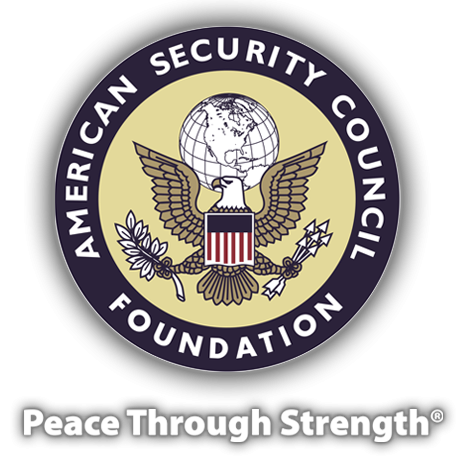Army Transforms During War - and Peace
Wednesday, July 11, 2018
Categories: ASCF News Emerging Threats National Preparedness Bipartisianship
By Gen. Frederick J. Kroesen, U.S. Army retired
My recent thoughts on Army leadership and the military minds that addressed our wartime activities include some observations pertinent to our periods of peace.
Going back only to post-World War I, it was the Army that designed and developed the officer education system that planned the structure, organization and training of the 8 million-man Army needed to fight World War II. The military minds were not at a loss concerning the incorporation of armor and air power, the adoption of a new division structure and the development of an administrative and logistics system that supported worldwide deployment of our forces.
The military minds' only real flaw was the apparent acceptance of post-war thinking that the atomic bomb would reduce the need for land power to only occupation duties. Thus, the Korean War, which found our Army unprepared, forced a restoration of World War II capabilities before that situation stabilized. The cost in casualties for that lapse ought to have been a warning for the future. However, following Korea, a return to the promise of reliance on a nuclear strategy brought about a major reorganization to the Pentomic Army that was to be capable of functioning on a nuclear battlefield. The new concepts decentralized command and control, increased firepower with our own artillery nuclear weapons, increased mobility and reduced manpower requirements. The period also saw the birth of Special Forces.
Imaginative Initiative
All of that planning was imaginative Army initiative but, perhaps fortunately, the Army never went to that war before another total reorganization was required when the Kennedy administration was elected and a return to more conventional operations was established. The ROAD division pointed principally to restoring armor and mechanized capabilities and a reinforcement of our commitment to NATO. Special Forces became a permanent Army entity and the manning, equipping and training of the forces received a more satisfactory portion of the governmental annual budget. Once again, the reorganization was almost completely planned and controlled by military minds. The result was a general satisfaction that the Army had restored the capability, readiness and the deterrent effect for NATO.
Once again, Army force development faced a major challenge and a test of its versatility when the Johnson administration committed an increase in Special Forces operations in Vietnam, then an incursion into Puerto Rico and then a deployment of land power forces to Vietnam without mobilizing virtually any reserve components. Those decisions required a massive inactivation of active Army units to obtain the manpower and equipment needed to activate forces that had to replace those not then available from the reserves. The result was a three-year period in which we added about a half-million to the end strength by increasing draft calls and volunteer officer candidates. And once again, it was the military minds, with kibitzing from the Defense Department ''whiz kids.'' who planned and controlled the conversion of the Army, this time to infantry and airmobile divisions and a logistics system with heavy reliance on air resupply and evacuation. Requirements were developed by field commanders, organized and programmed by Army Staff and modifies only to accommodate limitations of the governmental budget.
Seven years later the post-Vietnam period began with the birth of the all-volunteer force to replace the increasingly obsolescent and worn-out draft Army. Initially, policy guidance required recruiting to adopt the ''Today's Army Wants to Join You'' theme, to paint the barracks in pastel colors, to relax personal dress and grooming regulations and customs and other ideas foisted by learned psychologists and other professors concerning the lies and dislikes of the target potential soldiers. The result was an Army plagued with poorly qualified, poorly trained and unmotivated personnel, a serious drug culture and a questionable combat capability.
Improvements Begin
When military leaders regained control, personnel quality began to improve, the NCO Education System was established, standard qualification tests were developed for MOSs, the National Training Center was built and the other combat training center followed, and the Big Five materiel programs (technology, acquisition support, materiel development, logistics power projection and sustainment) were launched. The Army updated its combat doctrine, publishing AirLand Battle as a method to ''fight outnumbered and win.''
Those initiatives, developed by Army leaders and supported by Reagan and George H.W. Bush administration budgets, produced the Army that fought three campaigns in Grenada, Panama and Kuwait. I believe that record is a convincing endorsement of American 20th-century military minds.
No one displaced Carl von Clausewitz or other military thinkers of the past, but the only real criticism through the period might be a lack of ability to convince the civilian masters in the White House and Congress of the importance of continual readiness to meet potential threats to the nation and the best course of action to follow when land power is committed.
Gen. Frederick J. Kroesen, USA Ret., served as vice chief of staff of the U.S. Army and commander in chief of U.S. Army Europe. He is a senior fellow of the Association of the U.S. Army's Institute of Land Warfare.
This article originally appeared in ARMY magazine, June 2018, VOL. 68, NO 6. Reprinted by permission.











